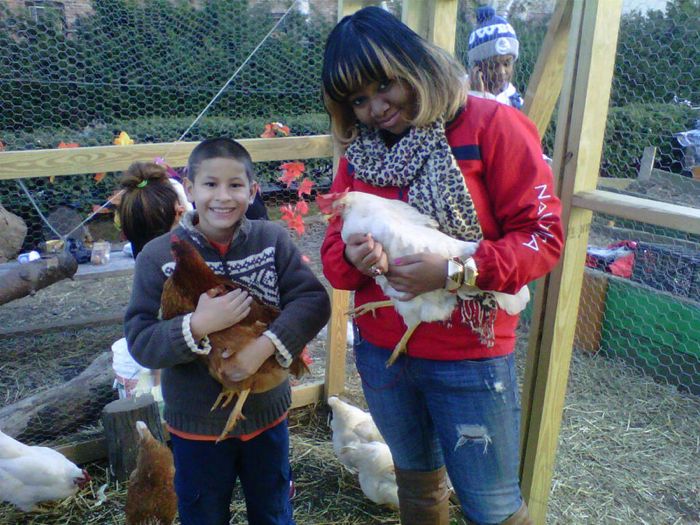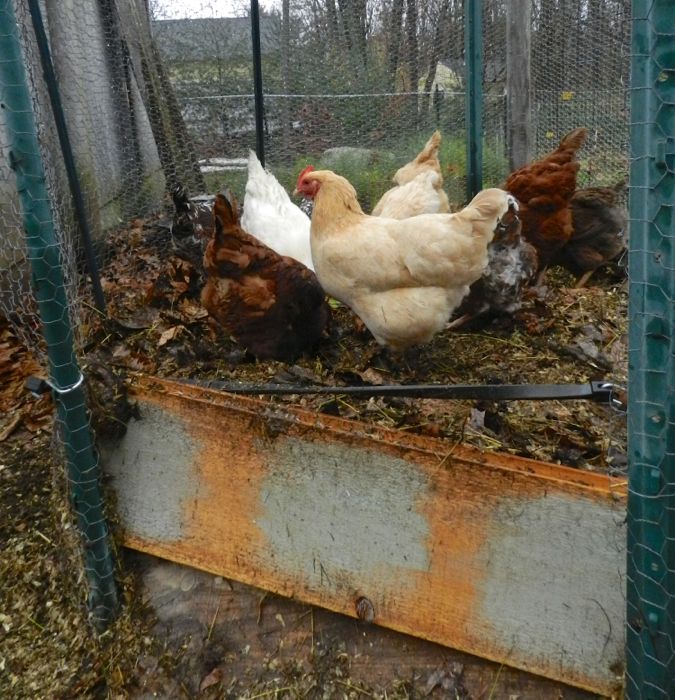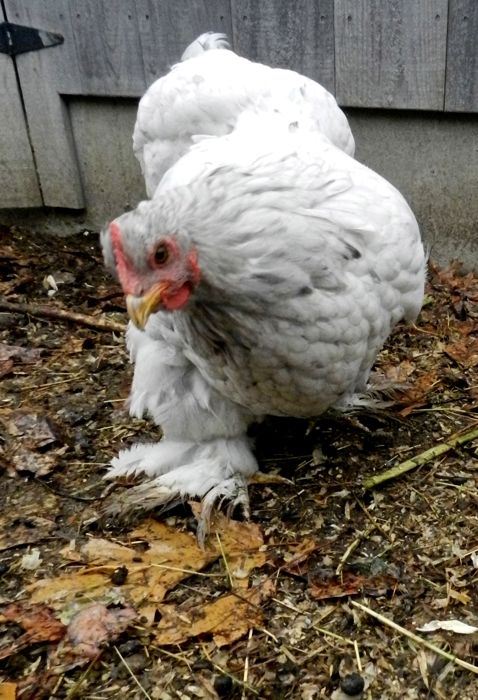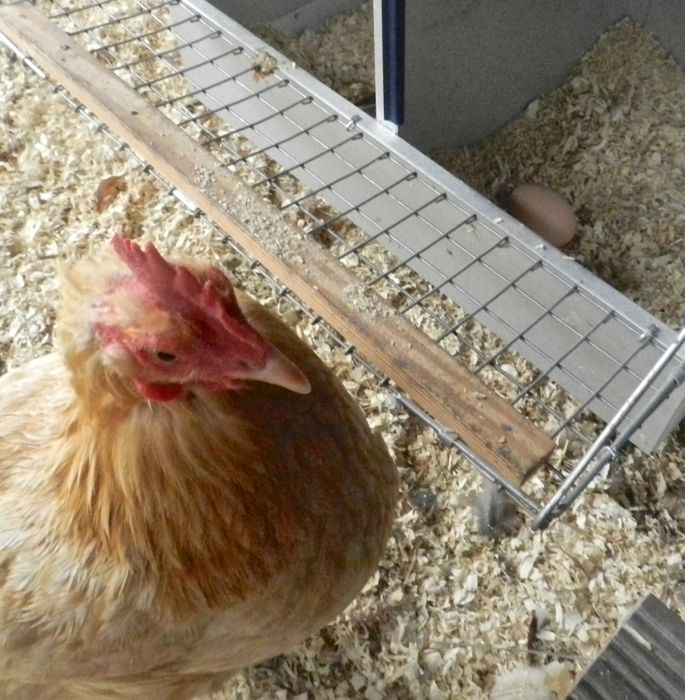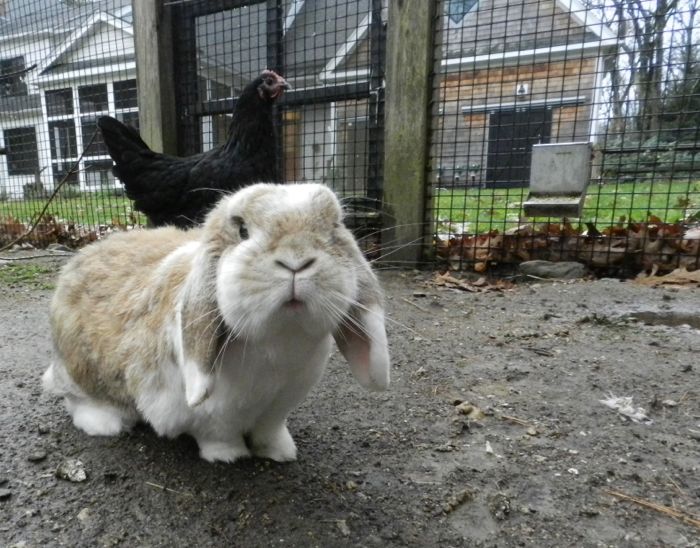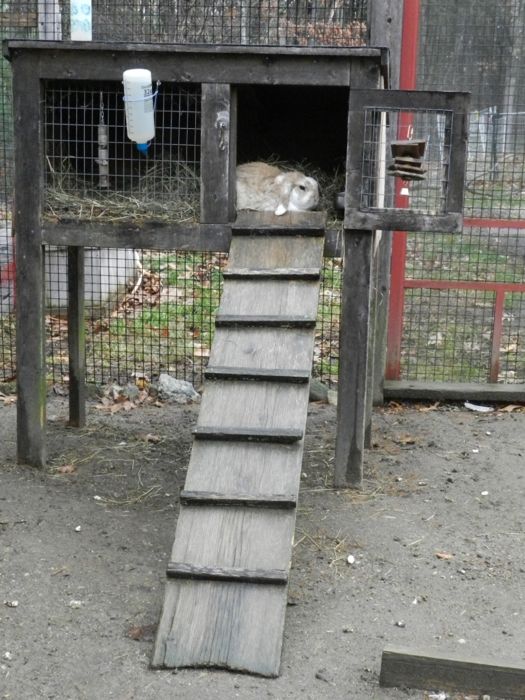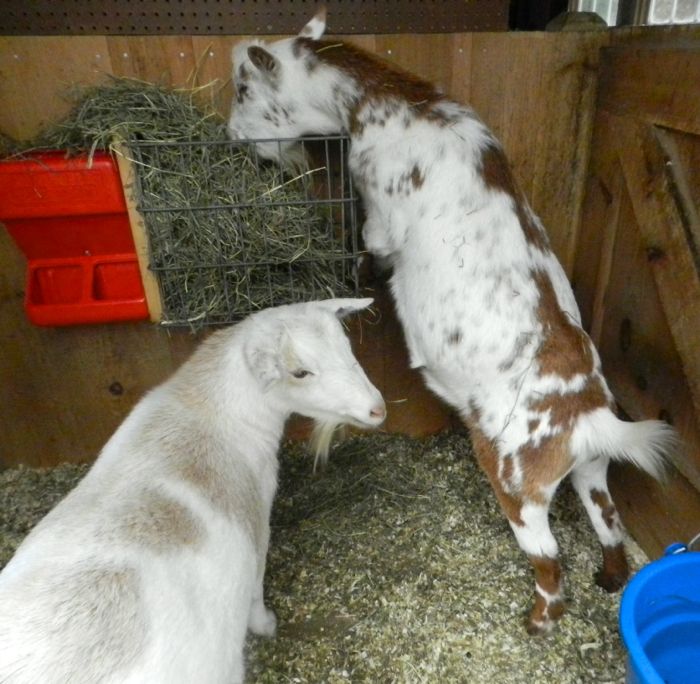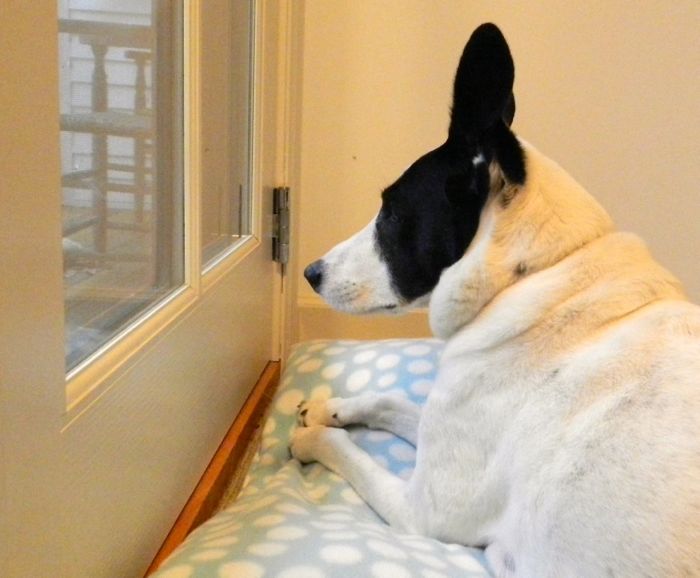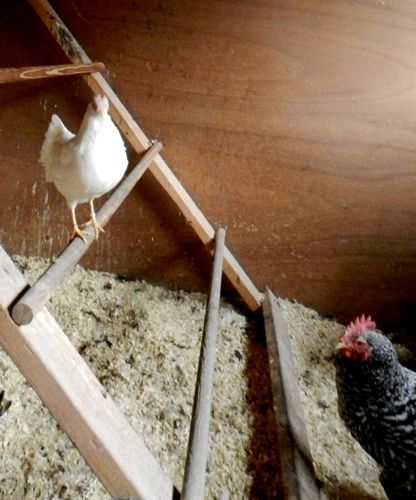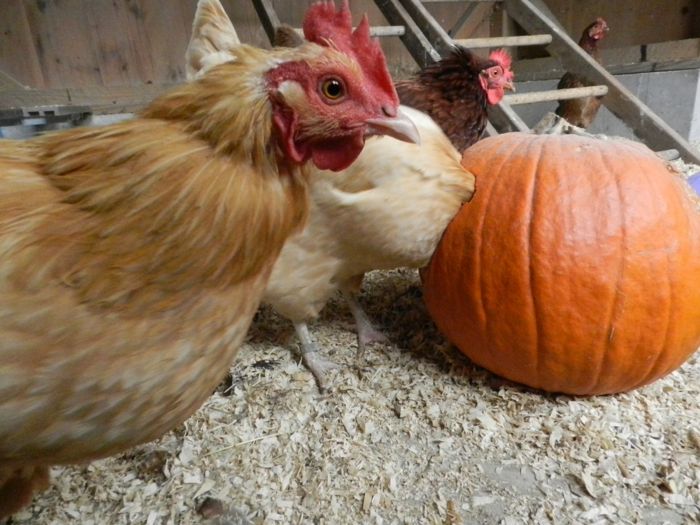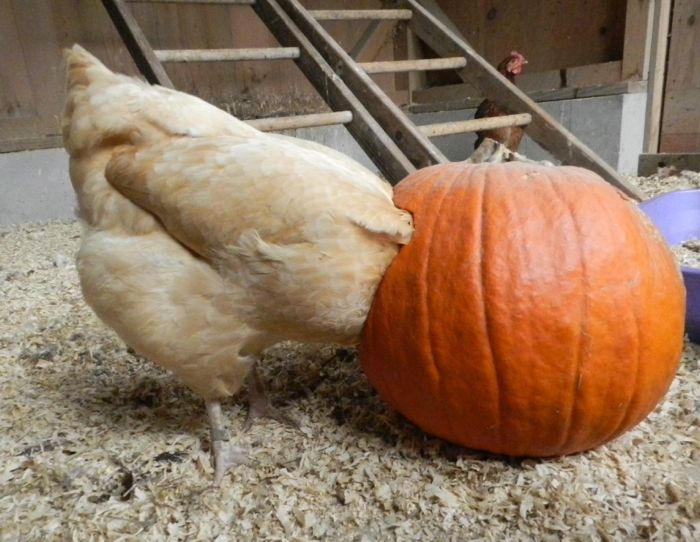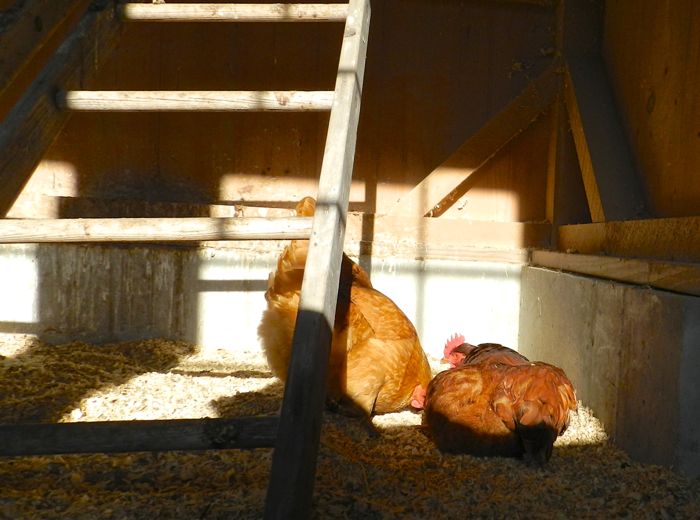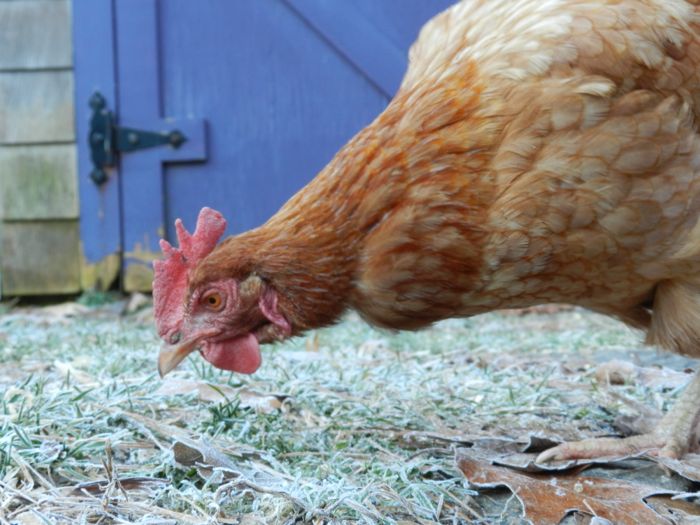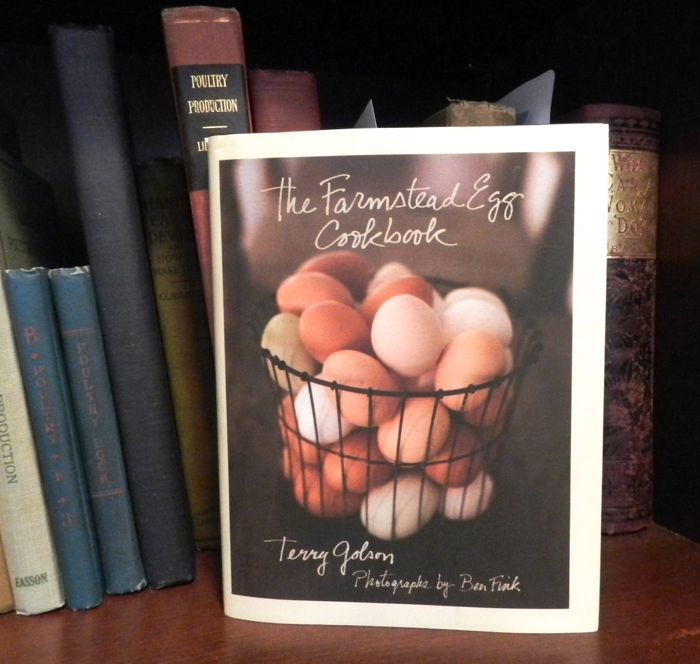update: This contest is closed. Miguel is the winner!
This giveaway is an excuse to introduce you to a few of my favorite urban hens. Did you know that keeping chickens is legal in New York City? Did you know that there are chickens improving the lives of some of the most impoverished citizens of our country? Brook Park Chickens in the Bronx are a great example of hens doing good.
Photographer Lily Kesselman has committed time and resources to the Brook Park Chickens. This is what she says about this urban flock:
Brook Park Chickens was founded in 2011 as a part of The Friends of Brook Park, a community garden in the Mott Haven community of the South Bronx. As the winner of a grant from Just Food, volunteers came together to build the coop and run for the 15 hens that came from the Queens County Farm Museum. Brook Park Chickens is 100% run by volunteers – two come daily to feed, water, clean and take care of the hens. Eggs are shared by all of the volunteers. But the main objective of the coop is to bring in school, after-school and community groups to meet the hens, learn about urban agriculture, and learn more about the community garden where all are welcome.
Mott Haven suffers from serous health issues and poverty. It is estimated that 20% of our youth have asthma and over 50% of all children here live below the national poverty level. The South Bronx is the poorest congressional district in the United States. Community gardens offer neighbors the opportunity to grow their own food, participate in CSA’s and connect with their community. Community beds in the park also allow for residents to learn and grow their own produce no matter what their income. We feel that Brook Park Chickens helps connect people with their food and offer them fresh, healthy and local food they participate in producing. We also encourage neighbors to raise their own chickens and food if they have the space at home! Funds raised through grants and donations provide chicken feed and supplies and tours and workshops are provided to all at no cost. The garden is also a place for rest and relaxation in an area where safe outdoor space is vital.
Lily has created a t-shirt celebrating the Brook Park Hens. The winner of this giveaway will get to pick the size and color of their choice.
All you have to do to enter is to go to this page to read all about the lovely hens that live in the Bronx. Leave a comment here letting me know which chicken is your favorite. (My fav is Betsy – I just love her big, floppy comb.) One entry per person, please. The winner will be selected by a random number generator at 9 pm on Tuesday, November 20. Results will be posted here.
But, don’t rely on fickle fate to get your bronx chicks rule tee! Order one today. You’ll be supporting a great cause.
